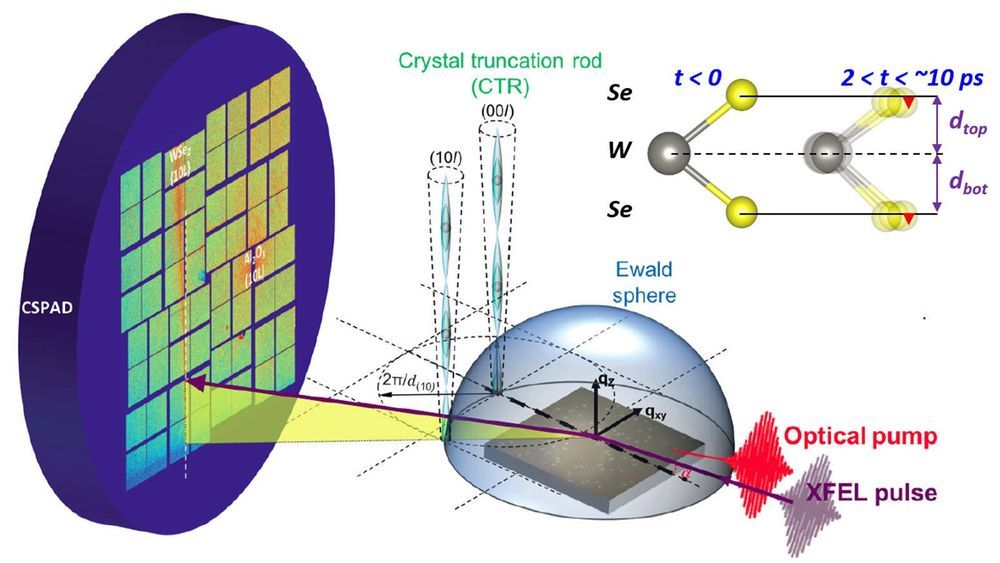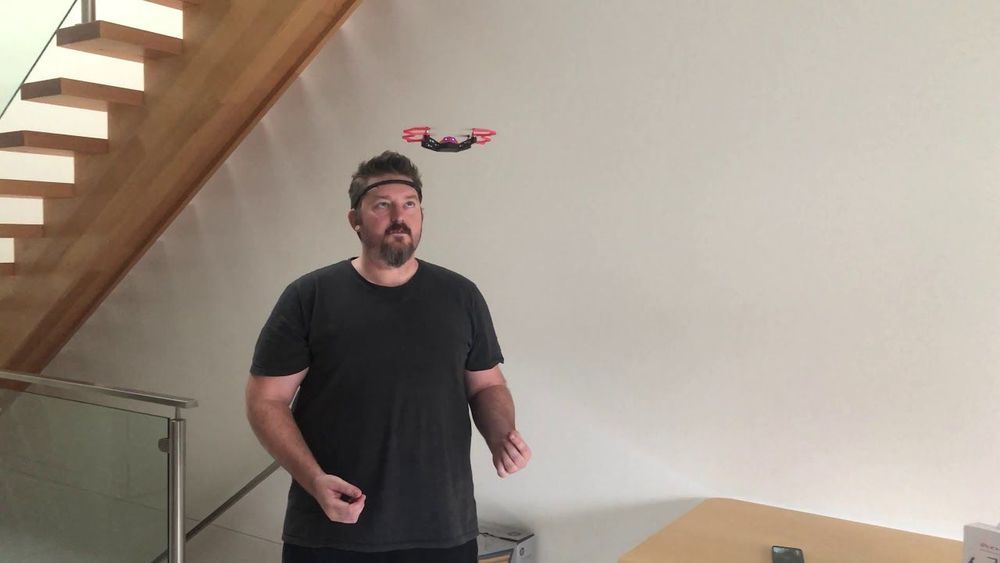Mar 11, 2019
Researchers turn liquid metal into a plasma
Posted by Caycee Dee Neely in categories: nuclear energy, particle physics, security
Scientists at the University of Rochester’s Laboratory for Laser Energetics have achieved a plasma research first. They were able to convert the liquid metal deuterium to the plasma state and directly observe the interaction threshold.
For the first time, researchers at the University of Rochester’s Laboratory for Laser Energetics (LLE) have found a way to turn a liquid metal into a plasma and to observe the temperature where a liquid under high-density conditions crosses over to a plasma state. Their observations, published in Physical Review Letters, have implications for better understanding stars and planets and could aid in the realization of controlled nuclear fusion — a promising alternative energy source whose realization has eluded scientists for decades. The research is supported by the US Department of Energy and the National Nuclear Security Administration.
What is a Plasma?
Plasmas consist of a hot soup of free moving electrons and ions — atoms that have lost their electrons — that easily conducts electricity. Although plasmas are not common naturally on Earth, they comprise most of the matter in the observable universe, such as the surface of the sun. Scientists are able to generate artificial plasmas here on Earth, typically by heating a gas to thousands of degrees Fahrenheit, which strips the atoms of their electrons. On a smaller scale, this is the same process that allows plasma TVs and neon signs to “glow”: electricity excites the atoms of a neon gas, causing neon to enter a plasma state and emit photons of light.

















